
- Permbajtja
- prev
- next
- prev
- next
HIGHLIGHT: DIÉBÉDO FRANCIS KÉRÉ
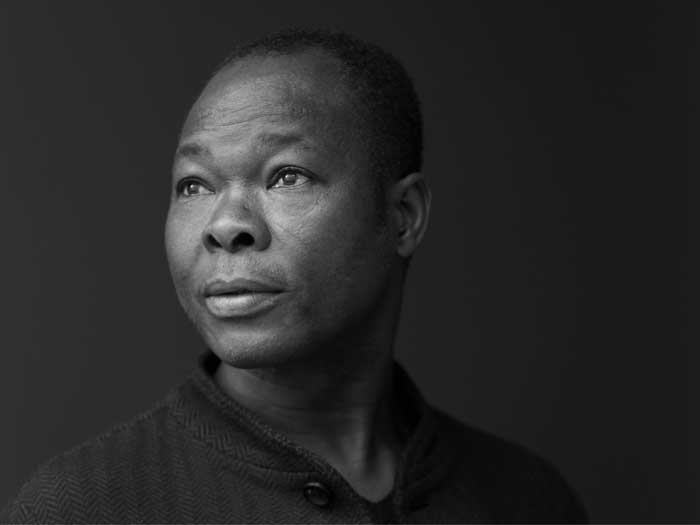
Life
Kéré was born in the village of Gando. He was the first child in the village to be sent to school as his father, the village chief, wanted his eldest son to learn how to read and translate his letters. Since no school existed in Gando, Kéré had to leave his family when he was 7 years old to live with his uncle in the city. After finishing his education, he became a carpenter and received a scholarship from the Carl Duisberg Society to do an apprenticeship in Germany as a supervisor in development aid. After completing the apprenticeship, he went on to study architecture at the Technical University of Berlin, graduating in 2004.
During his studies he felt it was his duty to contribute to his family and to the community which had supported him, and to give the next generation the opportunity to follow in his footsteps. In 1998, with the help of his friends, Kéré set up the association Schulbausteine für Gando e.V. (now Kéré Foundation), which loosely translates as "Building Blocks for Gando", to fund the construction of a primary school for his village. His objective was to combine the knowledge he had gained in Europe, with traditional building methods from Burkina Faso. He completed his studies and built the first school in Gando as his diploma project in 2004, while also opening his own architectural office Kéré Architecture.
His Practice
At the intersection of utopia and pragmatism we create contemporary architecture that feeds the imagination with an afro-futurist vision.
Informed by tradition, this practice explores new modes of construction for which the foundations have long been laid. Innovative uses of local resources and participatory design methods allow architects to work beyond the boundaries of most established design practices and shed dominant norms to set their own precedents. Working across diverse geographies, their portfolio spans a wide spectrum of projects from civic infrastructure to temporary installations, from concept to execution. Founded by Francis Kéré in 2005, with a dual focus on design and social commitment, the studio's scope encompasses building, design and knowledge sharing.
Selected Works
Serpentine Pavilion
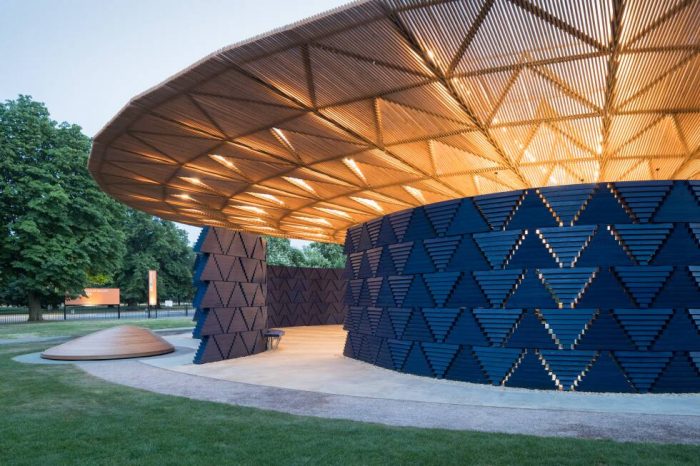
Taking inspiration from the great tree in his hometown of Gando under which members of the community meet to reflect on the day, Kéré’s design is based on creating this sense of community while connecting people with nature. The wall system is made of prefabricated wooden blocks assembled into triangular modules with slight apertures, giving a lightness and transparency to the building enclosure.
Gando Primary School, 2001
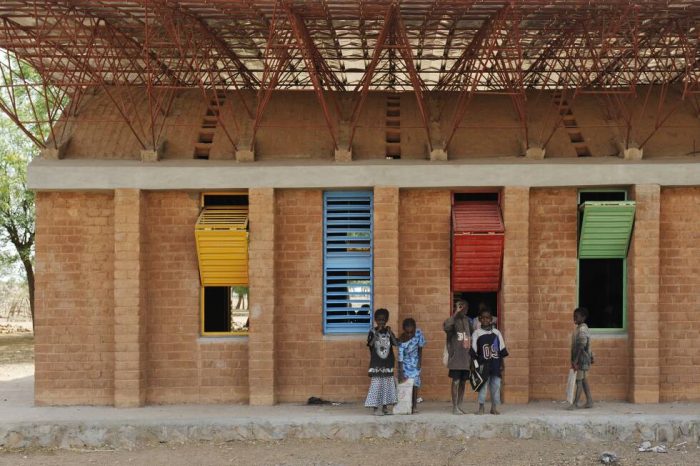
The Gando Primary School Extension features four additional classrooms and a sunken seating area in the middle where students can enjoy shade between classes. Together, the two buildings form an “L” shape, defining what has now become an important gathering space in Gando. The building benefits from the lessons learnt and skills acquired by community members in the construction of the Gando Primary School. It is built out of the same materials and following similar construction techniques, but features notable upgrades, such as its vaulted ceiling.
Xylem
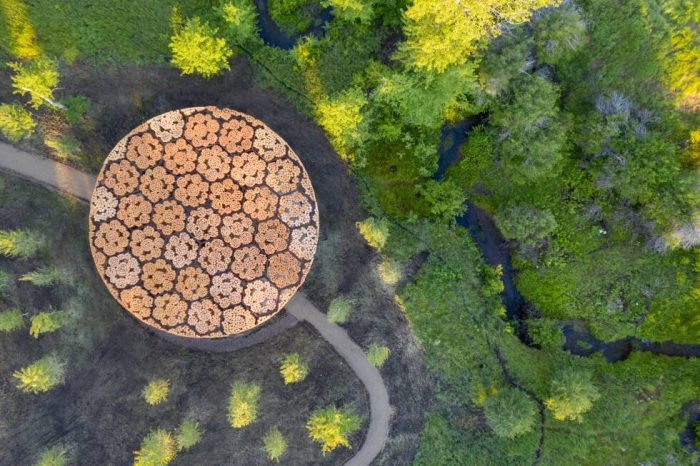
Kéré Architecture designed Xylem, the gathering pavilion for the Tippet Rise Art Centre, as a quiet, protective shelter. Named to evoke the vital internal layers of a tree’s living structure, Xylem is a place where visitors of this vast outdoor art space can gather to converse, or sit and contemplate in solitude. Located in a slightly sunken landform between the main facilities of the art centre and the start of the hiking tracks, the pavilion nestles in a clearing surrounded by aspen trees, facing a small creek.
Sarbalé Ke
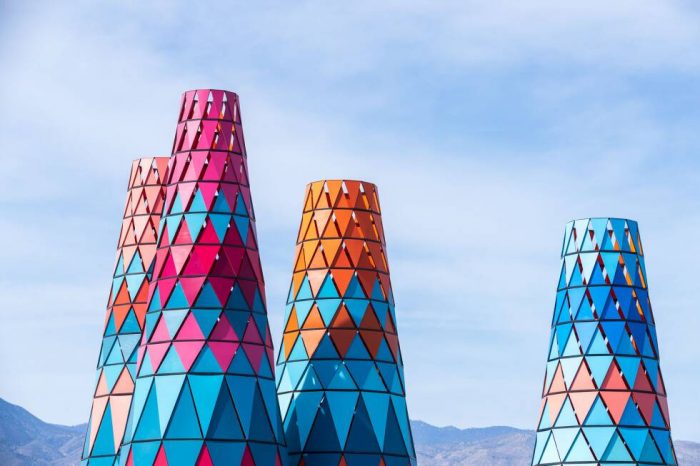
Sarbalé Ke, the “House of Celebration” in the Bissa language of Burkina Faso, is an installation created for the 2019 Coachella Music and Arts Festival. Inspired by the baobab tree, Sarbalé Ke explores its inner world. As the tree grows, its inside hollows and skylights develop throughout the central trunk. In West Africa, it is deeply valued as a community landmark and revered for its medicinal and nutritional uses.
Léo Doctors’ Housing

It consists of five separate apartments arranged along a communal courtyard that provides a number of shared amenities. Each of the en-suite single-bedroom apartments is fitted with its own private living room, garden and outdoor terrace. The design follows a modular system. The construction consists of a double-layer wall of concrete block and compressed stabilised earth blocks.
National Park of Mali
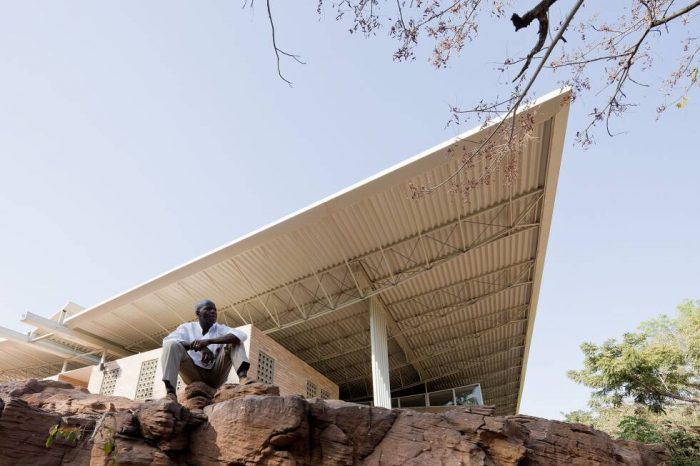
All buildings are externally clad with natural stone from the region, reinforcing local cultural heritage while cutting construction costs. The thermal mass created by the stone walls also helps to balance the interior climate of the buildings. Large overhanging roofs offer generous shaded spaces around the perimeter of the buildings and allow for natural ventilation. The buildings are designed to rely entirely on their passive cooling systems, although certain buildings offer the option of sealing their roof vents in order to operate with air-conditioning.
Lycée Schorge
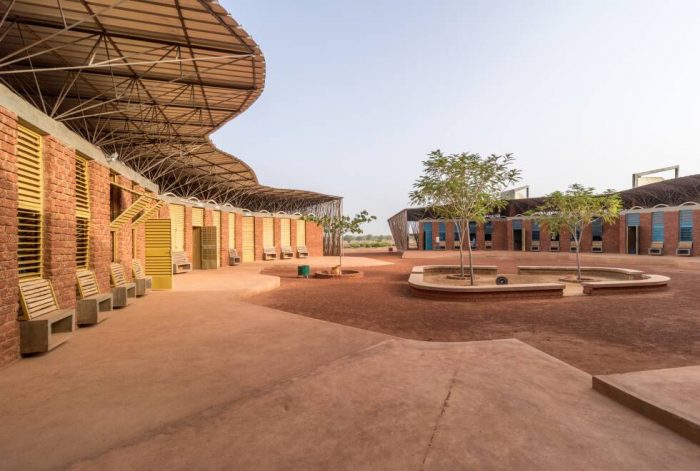
The school consists of nine modules arranged radially around a courtyard, protecting the central space from wind and dust. A series of steps creates a loosely defined amphitheatre, which accommodates informal gatherings as well as assemblies and celebrations for the school and wider community.
Surgical Clinic and Health Centre
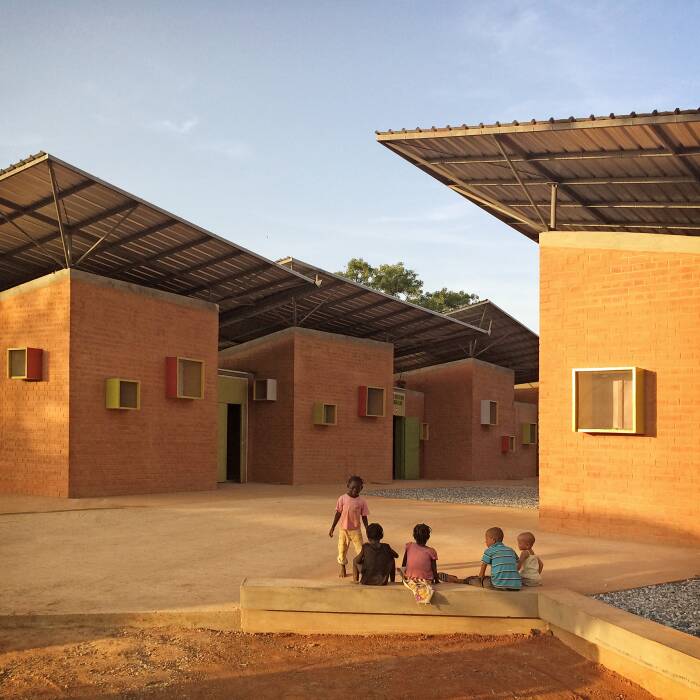
The design aims to create an inclusive atmosphere and an alternative to the intimidating rigidity that often characterises the architecture of health institutions. The facility is made up of 10 modular units that are arranged loosely in relation to each other to create a variety of sheltered, interstitial spaces that feel both dynamic and welcoming. This modular system also reduces costs and speeds up the construction process.
Centre for Health and Social Welfare
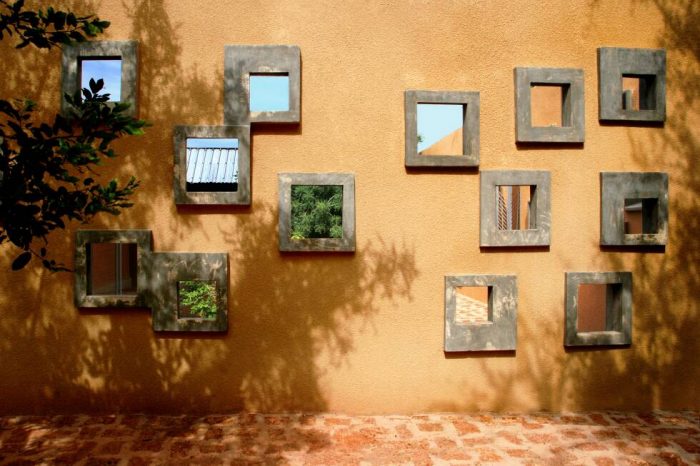
The dynamic fenestration layout is based on three distinct vantage points: standing, sitting and lying – a doctor striding across the ward, a visitor patiently sitting, a bedridden patient gazing into the distance. Each window seems to hang on the wall like a picture frame, capturing a different aspect of the landscape. This allows for a strong connection to the surroundings while minimising direct solar radiation. From the outside, the openings create a dynamic motif on the ochre render of the walls, lending the façades their distinctive character.
Source: Kere Architecture